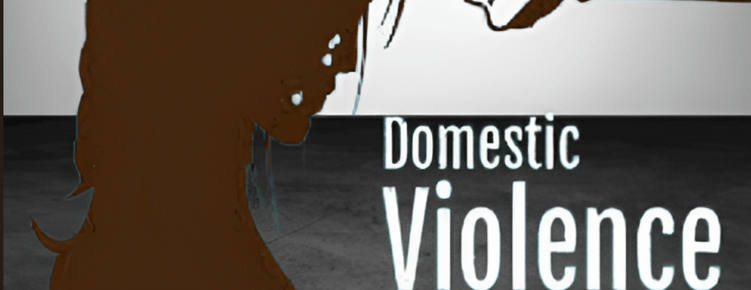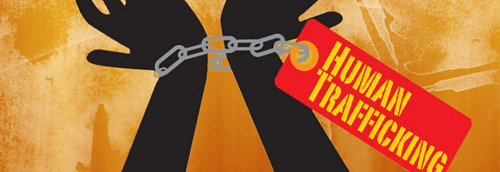WOMEN RIGHTS provisions MADE IN INDIA that every women shall know
In India since time memorable, it’s the men who were given preference. From being the head of the family to being the only one to be consulted and having right to take all the decisions in the family, men have always had their important place in household as well as in the society. On the other hand women were considered to be secondary. Having a daughter being born in any household was never welcomed with happiness, in fact it always felt as a burden to the head of the family. The situation has not changed much even today. Even if we say that we are embracing westernization in the country but the status of every women remains the same. Even today hardly any family is seen to be actually celebrating birth of a baby girl. It’s even more surprising when a women is not happy on the birth of another women. It is believed that a girl belongs to her husband and that’s why on being married she will join her husband’s family and thus add his name to her name. Thus, the Laxmi (girl) of the house is never theirs to keep, it always has to be given away. Also the girl’s side family has to always be on the compromising side in front of the boy side family. Looking into the widespread condition of women in India, it became necessary to safeguard their rights and to protect them against the male counterparts. The government on realizing the need for the change in the status of women in India have come up with following Provisions for Protection of their Rights :-
Juanita menezes
2/25/20244 min read
1. The Protection of Women from Domestic Violence Act, 2005.
It is an Act to provide for protection of the rights of women which are guaranteed under the Constitution to the women who are victims of violence of any kind occurring within the family.
This is a special act for safety of women in the household. It comprises of 5 chapters.
Chapter 1: Chapter 1 discusses the short title and extend of the act. Also some relevant definitions such as “aggrieved person”, “child”, “compensation order”, “custody order”, “dowry” etc are discussed in this chapter.
Chapter 2: Chapter 2 what exactly is considered as Domestic Violence has been discussed in detail.
Chapter 3: Chapter 3 discusses the powers and duties of the officers and service providers.
Chapter 4: Chapter 4 talks about the procedure that an aggrieved person need to follow for obtaining relief when she has be a victim of Domestic Violence.
Chapter 5: Chapter 5 includes miscellaneous provisions mentioned in the Act.
2. The Sexual Harassment of Women at Workplace (Prevention, Prohibition and Redressal ) Act, 2013.
A legislative act passed by the Lok Sabha (the lower house of the Indian Parliament) on 3rd September 2012 seeds to protect women from sexual harassment at their place of work.
This is a special Act for protecting women at their work places. It comprises of 8 Chapters.
Chapter 1: Chapter 1 discusses the short title and extend of the act. Also some relevant definitions such as “aggrieved women”, “appropriate government”, “Chairperson” “employer”, “employee”, “workplace” etc. are discussed in this chapter.
Chapter 2: Chapter 2 discusses how an internal complaint committee is constituted and who and how many members are required for its constitution. Also Proviso has been mentioned in this chapter
Chapter 3: Chapter 3 discuses about constitution of local complaint committee to which the internal committee shall report the matters.
Chapter 4: Chapter 4 talks about the format in which a complaint is to be made by an aggrieved women. It also includes 2 provisos.
Chapter 5: Chapter 5 is about how inquiry into the complaint made by the aggrieved women is done.
Chapter 6: Chapter 6 talks about the duties of an employer
Chapter 7: Chapter 7 talks about duties and powers of District officers who are in charge of looking into complaints from the workplace received from an aggrieved women employee
Chapter 8: Chapter 8 is the miscellaneous section.
3. The Dowry Prohibition Act, 1961.
\
An act that protects a women and her family from the demands made by the groom’s family at the time of marriage regarding gifting of expensive things to the groom is the Dowry Prohibition Act. The main aim of this act is to stop the Dowry system prevailing in India under the name of rituals.
The act was amended twice in 1984 and 1986.
A small act comprising of 10 sections
Section 1 to Section 10 various provisions of the Dowry Prohibition act have been discussed in details.
The main aim of enacting The Dowry Prohibition Act is to protect the bride and her family from the never ending demands of the groom’s family at and after the wedding.
4. The Indecent Representation of Women (Prohibition) Act, 198
An Act that prohibits indecent representation of women through advertisements or in publication, writings, paintings, figures or in any other manner but excludes any book, paper, pamphlet, painting, writing, photograph, or any figure that is done for public good or in the interest of science, art and literature.
It is an act which comprises of 10 sections
Staring with the extend and title of the act has been discussed to the defining the main definitions required for proper understanding of the act to discussing regarding the prohibitory acts and the discussing regarding the powers, penalty.
The intention behind enacting this act is protecting women from being indecently represented in society.
5. The Immoral Traffic (Prevention) Act, 1956
The previously known as The Immoral Traffic (Prevention) Act, 1956 was amended in 2006 where by it renamed as The Immoral Traffic Prevention Amendment Act, 2006. The said amendment was carried out with the intention to combat trafficking and sexual exploitation for commercial purpose. The Bill also deleted provisions that penalised prostitutes for soliciting clients. Activities such as soliciting, running brothels, and living on the earnings of prostitution were criminalized.
The Act aims to protect the trafficking of women and girls. It curbs the immoral aspects of prostitution and criminalizes various activities related to prostitution.
The proceedings under the immoral trafficking are carried in camera and the public in excluded from attending the trials.
According to the changing society, The Immoral Traffic Prevention Amendment Bill 2018 has been passed. In the new amended bill main focus has been on the trafficking of children.










